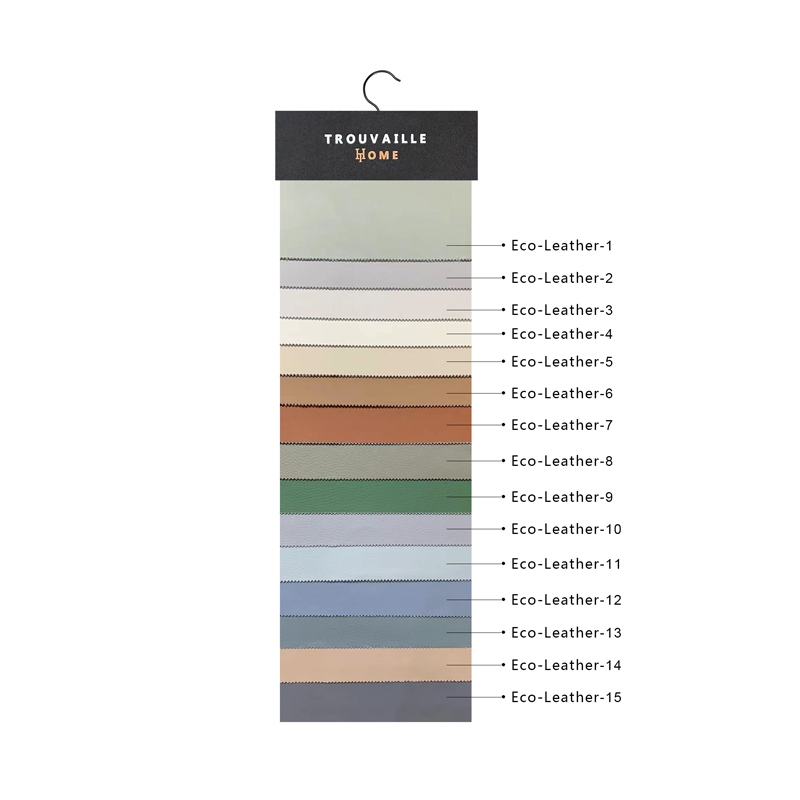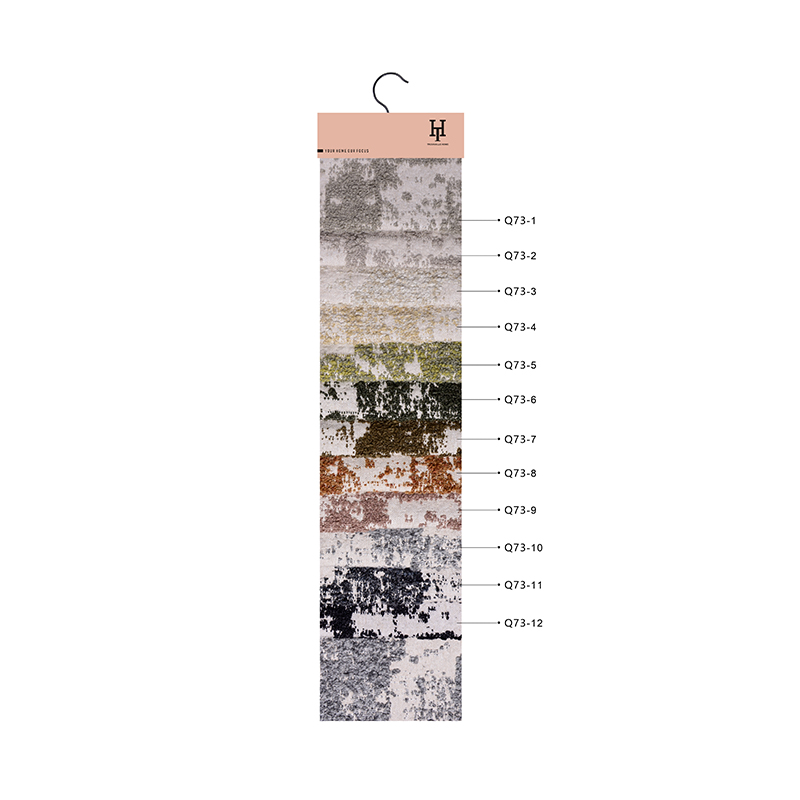How to repair scratches, stains or other damage to leather fabrics?
Repairing scratches, stains or other damage to leather fabrics is a technical job that requires meticulous work and expertise.
1. Preparation before repair
Before you start repairing, you first need to determine the type of leather and the type of damage. Different leather types and levels of damage require different repair methods and materials. At the same time, prepare the tools needed for repair, such as tweezers, a small gray knife, small scissors, sandpaper, hair dryer, color palette, color stick, etc.
2. Repair scratches
Minor scratches: For minor scratches, the nail polish repair method can be used. Choose a nail polish that is the same color as the leather, apply it evenly on the scratched area, and wait for it to dry naturally. This method is simple and easy, but only suitable for minor scratches.
Moderate Scratches: For moderate scratches, you can use the egg white repair method. Use a cotton swab to dip an appropriate amount of egg white into the scratched area and apply it evenly. Wait for the egg white to solidify, then apply shoe polish or care oil the same color as the leather. This method takes some time, but the effect is better.
Deep scratches: For deep scratches, you need to use repair cream to repair them. First, use a knife to gently scrape off the film around the scratch, and then use sandpaper to polish the scratch to make it smoother. Next, take an appropriate amount of repair cream suitable for the leather, scrape it evenly with a razor blade, and wait for it to dry. If the area where you applied the healing cream feels uneven, you can sand it down again with sandpaper. Finally, apply shoe polish or care oil the same color as the leather for maintenance.
3. Repair stains
Oil stains: For oil stains on colored leather, you can use dish soap to clean them. Pour an appropriate amount of dish soap on the contaminated area, then use a soft brush dipped in water and scrub gently. After the oil stain is removed, rinse it with clean water. For oil stains on white leather, you can use diluted bleach to clean it.
Ballpoint writing: For ballpoint writing, you can use 95% alcohol. Dip a cotton swab into an appropriate amount of alcohol and gently wipe the ballpoint pen marks. After the handwriting fades, rinse it with clean water.
Dyeing: When the leather fabric is dyed, you can use egg white to heat boiling water for cleaning. Mix a little egg white with half a cup of hot water and scrub the stained area with a brush. If the staining is serious, you can first rub the contaminated area with soap, and then use a soft brush dipped in water to gently scrub along the grain of the cloth. Repeat several times until the stain fades.
4. Repair other damage
Burns: For burned leather, if the burn area is too large, it is recommended to replace the entire piece of leather. If the burn is only a small area, you can use a hard filling material to fill it and then glue it with a water-based leather glue. Spray paint on the exterior to mask it and apply jacket oil.
Open seams: Leather with open seams needs to be re-stitched. Use a thread that is similar in color to the leather for stitching, and try to hide the stitching in the grain of the leather.
Wear: For wear on cuffs, collars and other parts, special material "leather edge oil" can be used to repair it. Apply evenly and blow dry before applying oil and color.
5. Precautions
During the repair process, you need to pay attention to the following: Avoid using too rough tools or chemical solvents to cause secondary damage to the leather. When choosing a restoration material, make sure it matches the color and texture of the leather. Be patient and careful during the repair process and make sure each step is done properly. After the repair is completed, the leather should be adequately maintained and cared for to extend its service life.

1. Preparation before repair
Before you start repairing, you first need to determine the type of leather and the type of damage. Different leather types and levels of damage require different repair methods and materials. At the same time, prepare the tools needed for repair, such as tweezers, a small gray knife, small scissors, sandpaper, hair dryer, color palette, color stick, etc.
2. Repair scratches
Minor scratches: For minor scratches, the nail polish repair method can be used. Choose a nail polish that is the same color as the leather, apply it evenly on the scratched area, and wait for it to dry naturally. This method is simple and easy, but only suitable for minor scratches.
Moderate Scratches: For moderate scratches, you can use the egg white repair method. Use a cotton swab to dip an appropriate amount of egg white into the scratched area and apply it evenly. Wait for the egg white to solidify, then apply shoe polish or care oil the same color as the leather. This method takes some time, but the effect is better.
Deep scratches: For deep scratches, you need to use repair cream to repair them. First, use a knife to gently scrape off the film around the scratch, and then use sandpaper to polish the scratch to make it smoother. Next, take an appropriate amount of repair cream suitable for the leather, scrape it evenly with a razor blade, and wait for it to dry. If the area where you applied the healing cream feels uneven, you can sand it down again with sandpaper. Finally, apply shoe polish or care oil the same color as the leather for maintenance.
3. Repair stains
Oil stains: For oil stains on colored leather, you can use dish soap to clean them. Pour an appropriate amount of dish soap on the contaminated area, then use a soft brush dipped in water and scrub gently. After the oil stain is removed, rinse it with clean water. For oil stains on white leather, you can use diluted bleach to clean it.
Ballpoint writing: For ballpoint writing, you can use 95% alcohol. Dip a cotton swab into an appropriate amount of alcohol and gently wipe the ballpoint pen marks. After the handwriting fades, rinse it with clean water.
Dyeing: When the leather fabric is dyed, you can use egg white to heat boiling water for cleaning. Mix a little egg white with half a cup of hot water and scrub the stained area with a brush. If the staining is serious, you can first rub the contaminated area with soap, and then use a soft brush dipped in water to gently scrub along the grain of the cloth. Repeat several times until the stain fades.
4. Repair other damage
Burns: For burned leather, if the burn area is too large, it is recommended to replace the entire piece of leather. If the burn is only a small area, you can use a hard filling material to fill it and then glue it with a water-based leather glue. Spray paint on the exterior to mask it and apply jacket oil.
Open seams: Leather with open seams needs to be re-stitched. Use a thread that is similar in color to the leather for stitching, and try to hide the stitching in the grain of the leather.
Wear: For wear on cuffs, collars and other parts, special material "leather edge oil" can be used to repair it. Apply evenly and blow dry before applying oil and color.
5. Precautions
During the repair process, you need to pay attention to the following: Avoid using too rough tools or chemical solvents to cause secondary damage to the leather. When choosing a restoration material, make sure it matches the color and texture of the leather. Be patient and careful during the repair process and make sure each step is done properly. After the repair is completed, the leather should be adequately maintained and cared for to extend its service life.




















